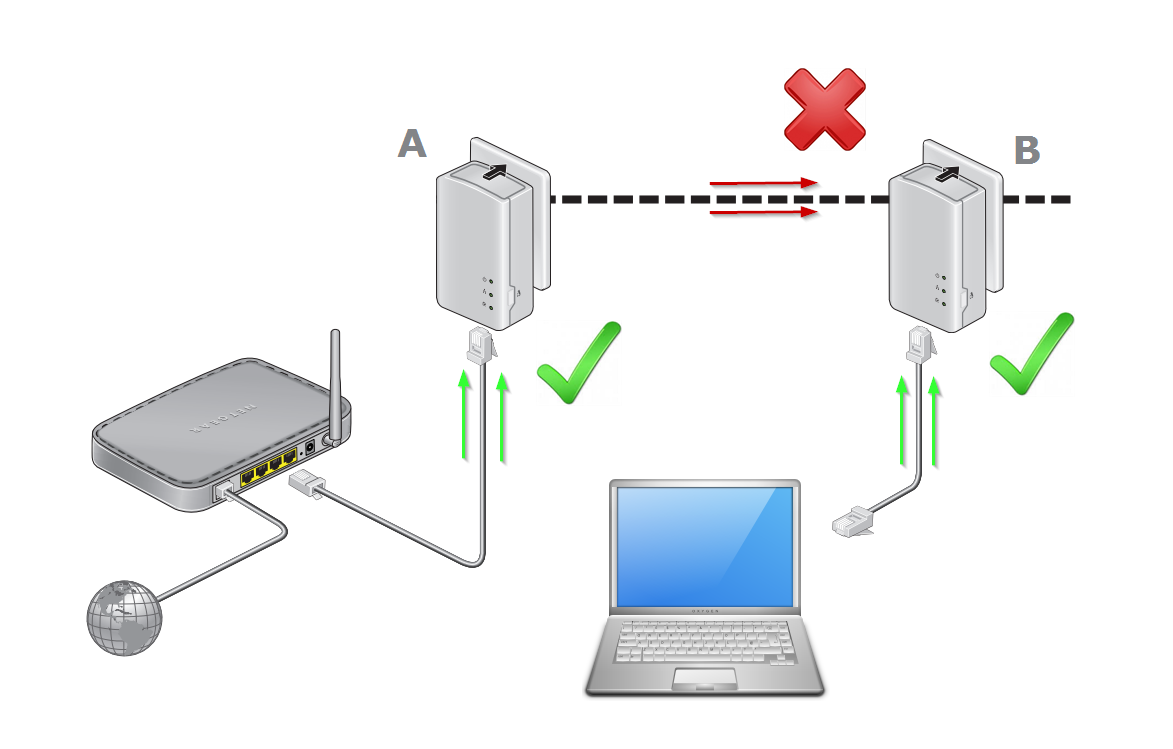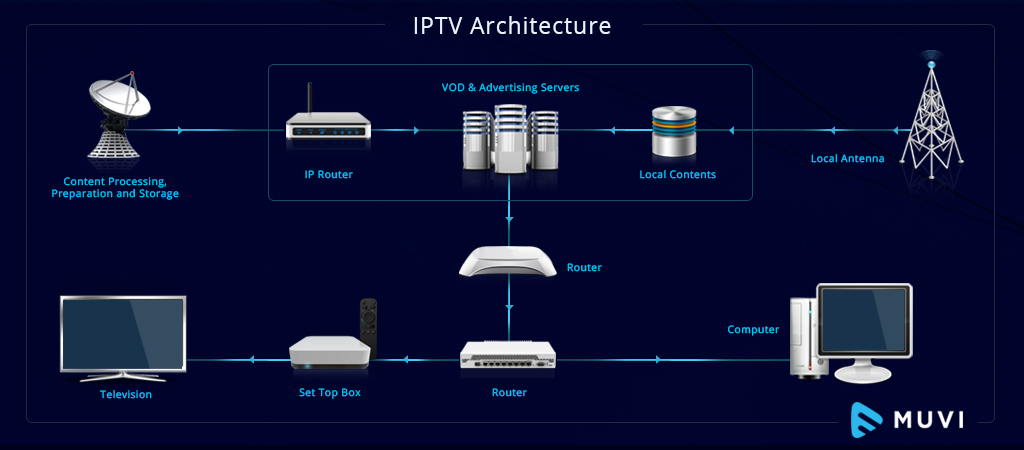In today’s rapidly evolving security landscape, Closed-Circuit Television (CCTV) systems play a crucial role in safeguarding assets, deterring crime, and ensuring public safety. As technology advances, so do the complexities and capabilities of CCTV networks. This article delves into advanced strategies for designing robust, efficient, and future-proof CCTV networks that meet the demanding requirements of modern surveillance applications.

Understanding the Fundamentals of CCTV Network Design
Before diving into advanced strategies, it’s essential to grasp the core elements that form the foundation of any CCTV network design.
Defining System Requirements
The first step in designing an effective CCTV network is to clearly define the system’s purpose and objectives. Are you primarily focused on perimeter security, monitoring high-traffic areas, or gathering evidence for potential investigations? Understanding your goals will guide every subsequent decision in the design process.
Coverage Area and Camera Placement
Creating a comprehensive layout plan is crucial for determining optimal camera placement. Consider the following factors:
- Potential blind spots
- Entry and exit points
- Critical areas requiring close monitoring
- Lighting conditions throughout the day
- Environmental factors (e.g., weather, vegetation)
Camera Selection
Choosing the right cameras for your CCTV network is a critical decision that impacts the overall system performance. Consider these factors:
- Resolution: Higher resolution cameras (e.g., 1080p or 4K) provide clearer images but require more bandwidth and storage.
- Low-light performance: Ensure cameras have adequate low-light and night vision capabilities for 24/7 surveillance.
- Field of view: Select between fixed, varifocal, or PTZ (Pan-Tilt-Zoom) cameras based on coverage requirements.
- Environmental ratings: Choose cameras with appropriate IP ratings for outdoor or harsh environments.
Network Infrastructure
The backbone of any CCTV system is its network infrastructure. Advanced designs must account for:
- Bandwidth requirements
- Network topology (e.g., star, mesh, or hybrid)
- Wired vs. wireless transmission
- Quality of Service (QoS) implementation
- Network security measures
Advanced CCTV Network Design Strategies
Now that we’ve covered the basics, let’s explore advanced strategies to elevate your CCTV network design to the next level.
1. Implementing Edge Computing and AI-powered Analytics
Modern CCTV systems are moving beyond simple video capture and storage. By leveraging edge computing and artificial intelligence, advanced networks can perform real-time video analytics at the camera level, reducing bandwidth requirements and enabling faster response times.
Key benefits include:
- Improved object and facial recognition
- Automatic incident detection and alerting
- Reduced false alarms through intelligent filtering
- Enhanced search capabilities for forensic analysis
When designing your network, consider cameras with built-in AI capabilities or edge computing devices that can process video streams locally before transmitting relevant data to central servers.
2. Optimizing Video Compression and Transmission
Efficient video compression is crucial for managing bandwidth and storage requirements in large-scale CCTV networks. Advanced design strategies should incorporate:
- Latest video codecs (e.g., H.265/HEVC or H.266/VVC) for improved compression ratios
- Smart encoding techniques that adapt to scene complexity and motion
- Variable bitrate (VBR) encoding to optimize quality and bandwidth usage
- Implementation of Region of Interest (ROI) encoding to prioritize critical areas within the frame
3. Designing for Scalability and Future-proofing
As surveillance needs evolve, your CCTV network should be able to adapt and grow. Consider these strategies for a scalable design:
- Implement a modular architecture that allows for easy expansion
- Choose open-standard protocols and interfaces for better interoperability
- Plan for excess capacity in network infrastructure and storage systems
- Consider cloud-based or hybrid solutions for flexible scaling options
4. Enhancing Network Resilience and Redundancy
For critical surveillance applications, network downtime is not an option. Advanced CCTV network designs should incorporate multiple layers of redundancy:
- Implement failover mechanisms for critical network components
- Design redundant power systems, including UPS and backup generators
- Use multiple, diverse network paths for data transmission
- Implement RAID configurations for storage systems to protect against data loss
5. Integrating with Other Security Systems
Modern CCTV networks don’t operate in isolation. Advanced designs should consider integration with other security and building management systems:
- Access control systems
- Intrusion detection systems
- Fire alarm systems
- Building automation systems
By integrating these systems, you can create a holistic security ecosystem that enhances situational awareness and response capabilities.
6. Implementing Advanced Cybersecurity Measures
As CCTV systems become increasingly connected, cybersecurity must be a top priority in network design. Advanced strategies include:
- Implementing network segmentation and VLANs to isolate video traffic
- Using strong encryption for data in transit and at rest
- Implementing multi-factor authentication for system access
- Regularly updating firmware and software to patch vulnerabilities
- Conducting periodic security audits and penetration testing
7. Optimizing Storage and Retention Strategies
Efficient management of video data is crucial for advanced CCTV networks. Consider these strategies:
- Implement tiered storage solutions (e.g., hot storage for recent footage, cold storage for archives)
- Use video synopsis technologies to condense long periods of video into short summaries
- Implement intelligent retention policies based on event detection and importance
- Consider distributed storage architectures for improved performance and redundancy
8. Leveraging 5G and Advanced Wireless Technologies
For remote locations or temporary installations, advanced wireless technologies can provide high-bandwidth, low-latency connectivity:
- Explore 5G networks for ultra-high-speed, low-latency video transmission
- Consider private LTE networks for dedicated, secure wireless coverage
- Implement mesh network topologies for flexible and resilient wireless deployments
9. Designing for Environmental Sustainability
As organizations focus on reducing their carbon footprint, CCTV network designs should incorporate energy-efficient strategies:
- Choose energy-efficient cameras and network equipment
- Implement power management features, such as scheduled recording or motion-activated systems
- Consider renewable energy sources for remote installations
- Optimize data center cooling and power usage for central recording systems
10. Implementing Advanced User Interfaces and Visualization Tools
The effectiveness of a CCTV system ultimately depends on how easily operators can interact with and derive insights from the video data. Advanced design strategies should consider:
- Implementing video wall solutions for large-scale monitoring operations
- Integrating 3D mapping and GIS data for improved spatial awareness
- Implementing advanced search and filtering tools for rapid incident response
- Designing intuitive mobile interfaces for remote monitoring and management
Best Practices for Implementation and Maintenance
Designing an advanced CCTV network is only the first step. Successful implementation and ongoing maintenance are crucial for long-term performance and reliability.
Professional Installation and Commissioning
- Engage certified professionals for system installation and configuration
- Conduct thorough testing and commissioning of all system components
- Provide comprehensive training for system operators and administrators
Regular Maintenance and Performance Monitoring
- Implement proactive maintenance schedules for all hardware components
- Regularly clean camera lenses and housings to ensure optimal image quality
- Monitor system performance metrics and address issues promptly
- Conduct periodic system audits to ensure compliance with security policies and regulations
Continuous Improvement and Upgrades
- Stay informed about emerging technologies and industry best practices
- Regularly assess system performance against evolving security requirements
- Plan for periodic upgrades to take advantage of new capabilities and improved efficiency
Conclusion
Designing advanced CCTV networks requires a holistic approach that balances performance, security, scalability, and sustainability. By implementing the strategies outlined in this article, organizations can create surveillance systems that not only meet current needs but are also prepared for future challenges and opportunities.
As technology continues to evolve, staying informed about the latest advancements and best practices is crucial for maintaining effective and efficient CCTV networks. Regular assessment, optimization, and upgrades will ensure that your surveillance system remains a valuable asset in your overall security strategy.
Remember that while technology plays a crucial role, the human element remains essential. Invest in training for your staff, foster a culture of security awareness, and continually evaluate your processes to maximize the benefits of your advanced CCTV network.
By embracing these advanced strategies and maintaining a commitment to excellence, you can build a CCTV network that provides unparalleled security, operational efficiency, and peace of mind for years to come.







